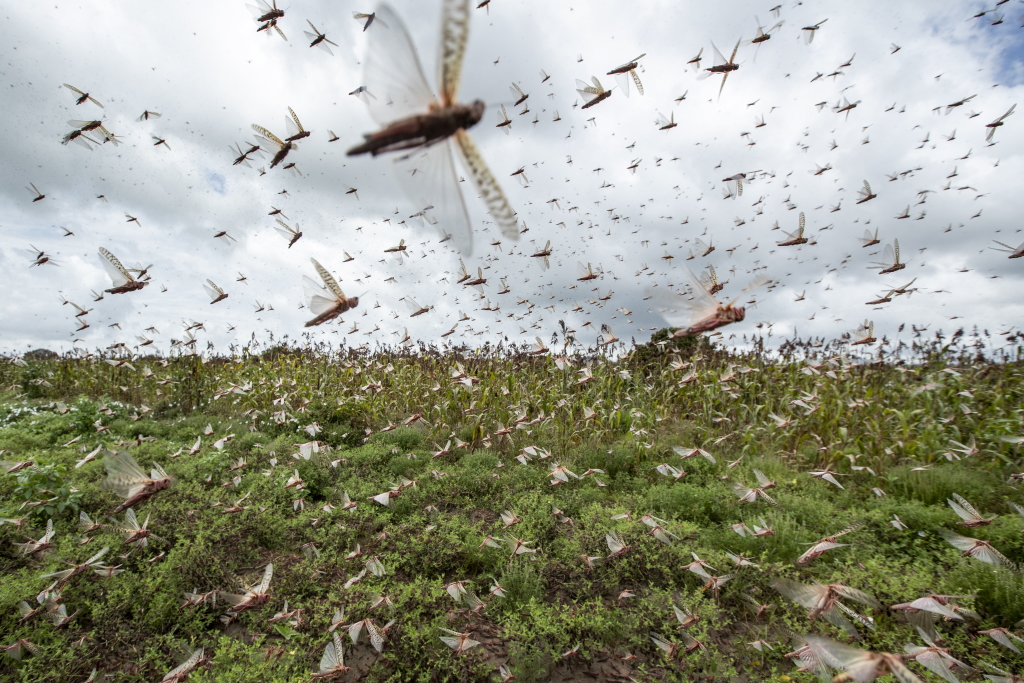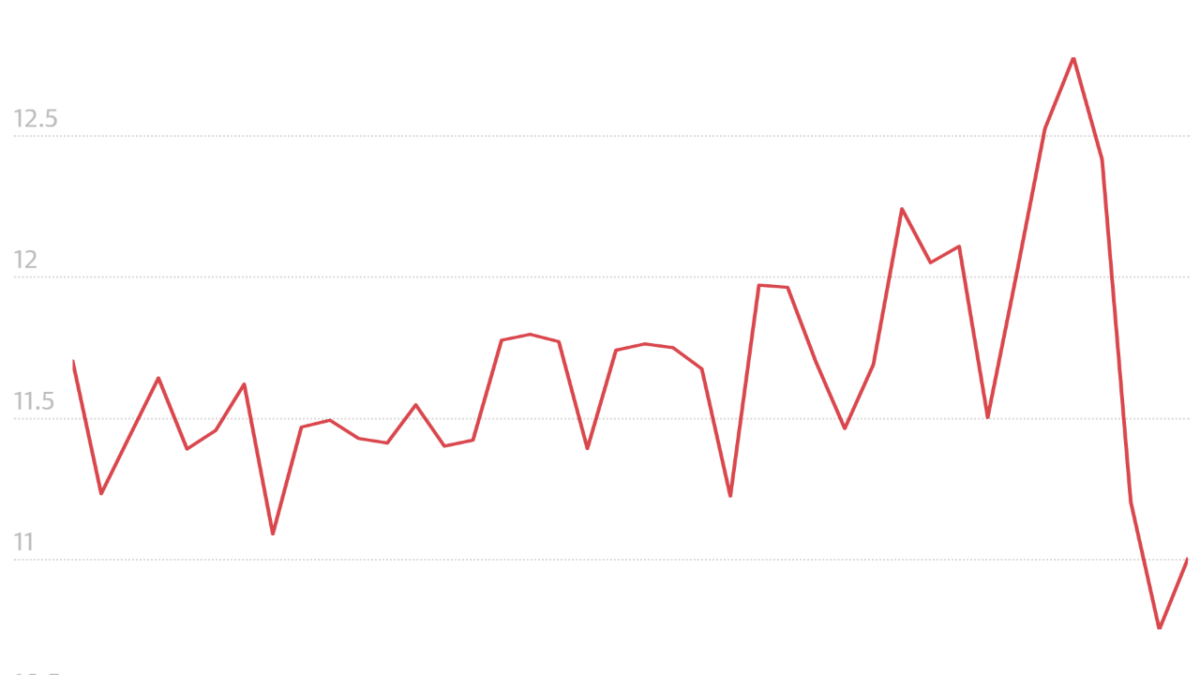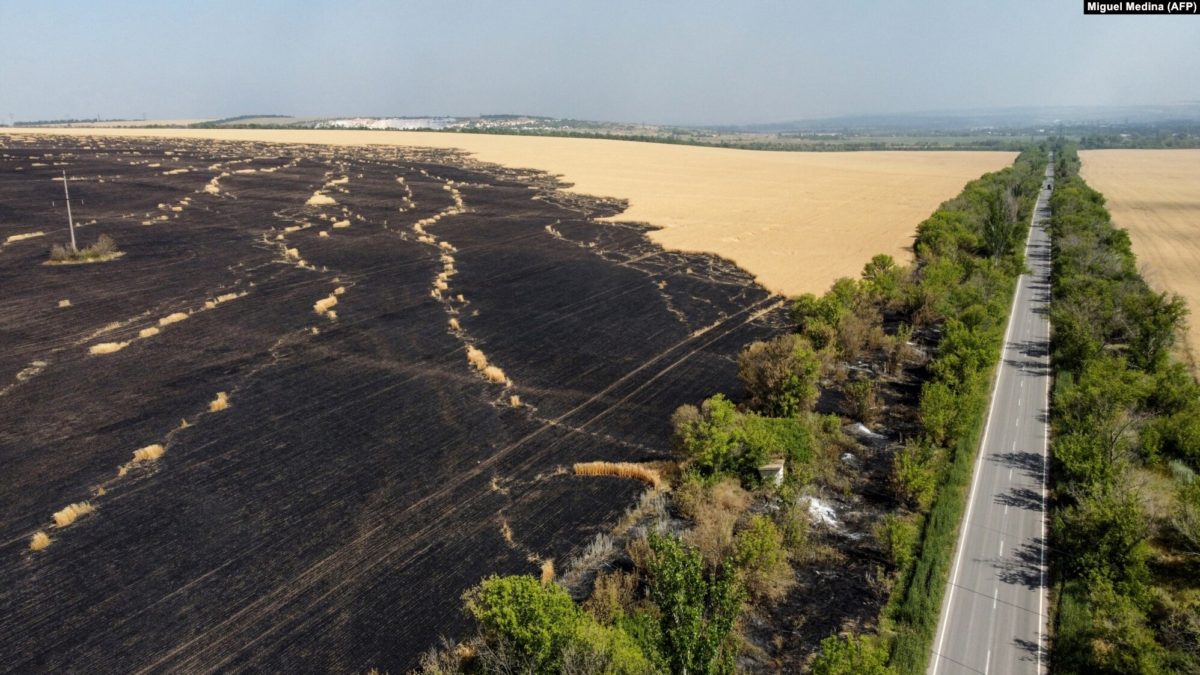Rare cyclones spawn massive locust swarms in East Africa
By Dharna Noor
3 February 2020
(Gizmodo) – East Africa is currently plagued with locust swarms of biblical proportions, but these swarms aren’t the act of an angry god. According to UN scientists, they may be a result of the human-caused climate crisis.
Hundreds of millions of these spooky creatures are flying across East Africa. The swarms are the worst to hit Ethiopia and Somalia in 25 years and the worst Kenya has seen in 70 years, the UN’s Food and Agriculture Organisation (FAO) said in a statement. The insects are now plaguing Djibouti and Eritrea, too. By June, their numbers could grow by 500 times, and new swarms could form in Saudi Arabia, Sudan, and Yemen.
Locusts swarms aren’t by themselves unusual for the region, but last year, the East African region saw a lot of rain and eight devastating cyclones, which created the kinds of wet conditions that locusts need to breed in these numbers.
That rain came because of warming waters on the African side of the Indian Ocean; warmer waters mean more evaporation and precipitation. “That side of the ocean is much warmer than the other side, which meets with Australia and Indonesia,” Muhammad Azhar Ehsan, a research scientist at the International Research Institute for Climate and Society who studies the climate of the region, told Gizmodo. “So the African side saw so much rain, but Australians got a drought.” That drought, of course, has furled the apocalyptic fires the Australian continent has been dealing with since last fall.
In 2018, East Africa saw drought peppered with cyclones. “Those cyclones were really unusual—they even created rainfall in the Empty Quarter,” said Ehsan, referring to the vast desert region in the southern Arabian Peninsula. “That’s a region known for high temperatures and [being] very dry. It never gets rain.” Those cyclones, too, created an extra-long breeding season for locusts, but they mostly lived in remote areas, so humans didn’t notice them at the time. [more]
The Climate Crisis May Have Helped Spawn Massive Locust Swarms In East Africa
FAO appeals for urgent support to fight worsening Desert Locust upsurge in the Horn of Africa
30 January 2020, Rome (FAO) – FAO Director-General QU Dongyu said today the Desert Locust upsurge in the Horn of Africa threatened to provoke a humanitarian crisis and appealed for urgent funding to tackle the outbreak in order to protect livelihoods and food security.
The locust outbreak is the worst to strike Ethiopia and Somalia for 25 years and the worst infestation that Kenya had experienced in 70 years. Djibouti and Eritrea are now being affected.
FAO has already mobilized $15.4 million of the $76 million requested for the five countries but expects the needs will rise amid concern that the outbreak will spread to other countries, in particular South Sudan and Uganda.
Qu told an informal briefing of FAO Member States’ representatives at the UN agency’s Rome headquarters that it has mobilized staff and resources to tackle the worsening outbreak and was working closely with governments and partners in a region where food security was already very fragile.
“Timing and location is crucial. I hope we can work hard day and night so people do not lose their crops,” Qu said.

The Desert Locust is considered the most destructive migratory pest in the world and a small swarm covering one square kilometer can eat the same amount of food in one day as 35,000 people.
Pasture and croplands have already suffered damage in Ethiopia, Kenya and Somalia and there are potentially severe consequences for the region where nearly 12 million people are coping with severe acute food insecurity and many rely on agriculture for their survival.
FAO experts are on the ground, supporting control operations and initiating efforts to safeguard livelihoods, particularly of those already experiencing high levels of acute food insecurity.
According to FAO’s latest update on the Desert Locust upsurge, the current situation will be further worsened by breeding activity that will produce new locust infestations in Ethiopia, Kenya and Somalia.
FAO is working closely with these countries as well as their neighbours, Djibouti and Eritrea, while monitoring Oman, Saudi Arabia, Sudan and Yemen for any developments.
“We need to act immediately because the locusts don’t wait, they will come and they will destroy,” said Maria Helena Semedo, FAO Deputy Director-General for Climate and Natural Resources. “We need to tackle the emergency but we need to think about livelihoods and the long-term.”

FAO’s Desert Locust Information Service says the situation is extremely alarming and will be further exacerbated by new infestations expected in early April.
In Kenya alone, large swarms, up to 60 km long and 40 km wide, invaded all the country’s northern counties and some central areas in less than a month, causing substantial damage to crops and livestock deprived of pastureland. A total of 13 counties have so far been affected in Kenya.
A new generation of locusts is expected to hatch in February and with new swarms expected in early April that would coincide with the next season of planting. At that time, the seasonal winds will have shifted to the north, which is likely to allow the newly formed swarms in Kenya to reinvade Ethiopia and Somalia as well as to migrate to new areas of South Sudan and Sudan.
The rise in numbers is causing serious concern about the swarms in northern Kenya as they are only 200 kilometres from the country’s borders with South Sudan and Uganda. Both countries last faced locust invasions in 1961.
The Desert Locust upsurge represents an unprecedented threat to food security and livelihoods and has the potential to become a regional plague that could lead to further suffering and displacement.
In South Sudan, where food insecurity is already at an emergency level in many parts of the country, the Desert Locusts could wipe out pastures and crops causing the deterioration of an already alarming situation.
FAO appeals for urgent support to fight worsening Desert Locust upsurge in the Horn of Africa



